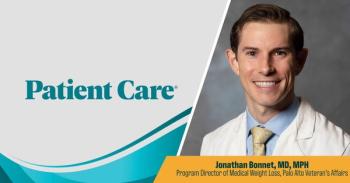
Jonathan Bonnet, MD, MPH, board certified in lifestyle and obesity medicine, explains how the 6 pillars of the former are essential to success in the latter.

Jonathan Bonnet, MD, MPH, board certified in lifestyle and obesity medicine, explains how the 6 pillars of the former are essential to success in the latter.
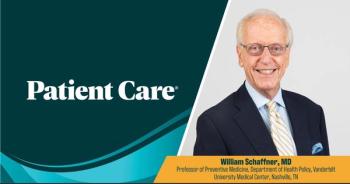
Schaffner describes the mood among his colleagues in infectious disease right now as anxious, perplexed, distressed, and angry. They expect the disruptions and their feelings to continue.
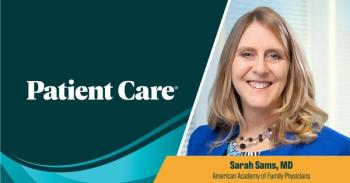
Effective pediatric vaccine conversations require trust and facts. Family physician Sarah Sams, MD, offers tips for addressing concerns without harming patient relationships.

From EMR reports to targeted nurse visits, Sarah Sams, MD, outlines practical ways PCPs can catch up pediatric vaccinations before school starts.

The obesity and lifestyle medicine specialist says while research on the question continues, a focus on optimizing nutritional health during treatment is essential.

Board-certified family physician Sarah Sams, MD, urges physicians to actively engage their communities to build vaccine confidence and combat misinformation.

Jonathan Bonnet, MD, MPH, encourages primary care clinicians to embrace GLP-1 therapy where appropriate to stem multiple risk factors for downstream chronic diseases.
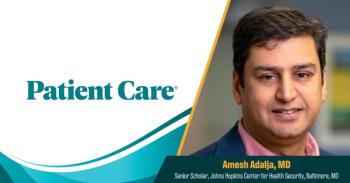
Infectious disease physician Amesh Adalja, MD, explains how PCPs can reframe vaccines as health technology to boost confidence and counter hesitancy.
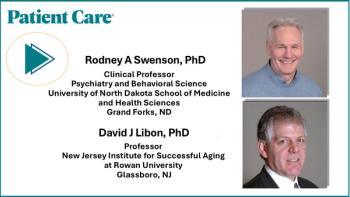

If primary care clinicians are to meet the cognitive screening demands that are growing with an aging population, they need the sharpest tools in the box, this expert says.

Amesh Adalja, MD, urges physicians to use their trusted position to counter widespread vaccine misinformation and strengthen patient confidence in immunization.

A cognitive health assessment will soon be as routine as taking blood pressure or pulse oximetry, says neurocognitive researcher David J. Libon, PhD. He talks more about that future.

Amesh Adalja, MD, advises physicians turn to specialty societies for evidence-based, reliable recommendations this respiratory virus season.

Acoustic variables, like shimmer and jitter, that are typically undetectable in human speech can be detected with tablet technology and serve as biomarkers for mental acuity.

Amesh Adalja, MD, explains how physicians can rebut social media vaccine claims with concise, referenced facts and patient-centered communication.

Bonnet says a clear understanding of a patient's weight and emotional history are critical to ensure optimal use of GLP-1 therapy in a successful weight management program.

Amesh Adalja, MD, infectious disease physician, outlines effective communication strategies that respect patient concerns while reinforcing physician credibility.

Dr Adalja offers evidence-based strategies to address patient concerns about aluminum and thimerosal in vaccines.
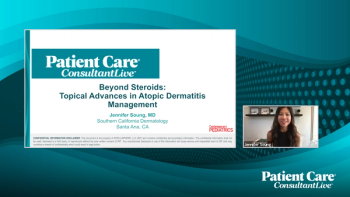
An expert discusses how the stage and diverse presentations of atopic dermatitis, especially in underserved and darker-skinned patients, influence treatment decisions, highlighting the promise of new nonsteroidal therapies and the importance of personalized, patient-centered care to improve quality of life.

An expert discusses the vital role of patient education, coordinated care, and timely dermatology referrals in managing atopic dermatitis, emphasizing holistic support and the use of systemic therapies for severe or treatment-resistant cases to improve long-term outcomes.

An expert discusses the importance of careful topical steroid use to minimize adverse effects in atopic dermatitis, while highlighting newer, more potent nonsteroidal treatments such as PDE4 and JAK inhibitors as promising safer alternatives for effective long-term disease control.

An expert discusses the benefits and risks of topical corticosteroids (TCS) and calcineurin inhibitors in atopic dermatitis (AD) treatment, highlighting patient concerns about long-term adverse effects and withdrawal, while emphasizing emerging nonsteroidal therapies as promising safer alternatives for personalized care.

An expert discusses the shift from reactive to proactive treatment of atopic dermatitis (AD), emphasizing personalized care and the growing role of advanced nonsteroidal topicals—such as PDE4 and JAK inhibitors—alongside updated guidelines aimed at improving clinician awareness and patient outcomes.

An expert discusses proactive management strategies for atopic dermatitis (AD), emphasizing daily gentle skin care, proper use of topical treatments, avoidance of outdated therapies such as routine antihistamines or steroids, and a shift toward personalized, flare-preventive care using newer therapeutic options.

An expert discusses practical strategies for assessing atopic dermatitis severity, highlighting simple yet effective tools such as the Investigator Global Assessment (IGA) scale, palm-based body surface area (BSA) estimation, and the Pruritus Numerical Rating Scale (NRS) to guide personalized treatment and improve symptom tracking in routine clinical care.

An expert discusses the formal diagnostic criteria and diverse clinical presentations of atopic dermatitis, emphasizing patient-centered assessment, challenges in distinguishing it from similar conditions, and the critical role of education and skin care in effective management, particularly in primary care settings.

An expert discusses advancements in the management of atopic dermatitis, emphasizing early recognition, updated nonsteroidal treatments, accurate differential diagnosis, and the importance of collaboration between dermatology and primary care providers to improve patient outcomes.

Infectious disease expert Amesh Adalja, MD, outlines the biggest vaccine policy shifts of 2025, including changes to COVID-19 and flu vaccine recommendations.
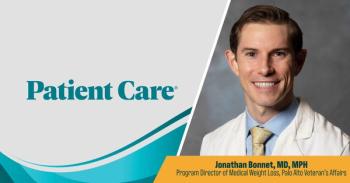
Coauthor of a recent joint advisory, Jonathan Bonnet, MD, MPH, explains how it emerged in response to the growing use of GLP-1 medications for obesity treatment.

Shagun Bindlish, MD, board member of the ADA, discusses how societal weight-related stigma contributes to mental health challenges faced by women with obesity.